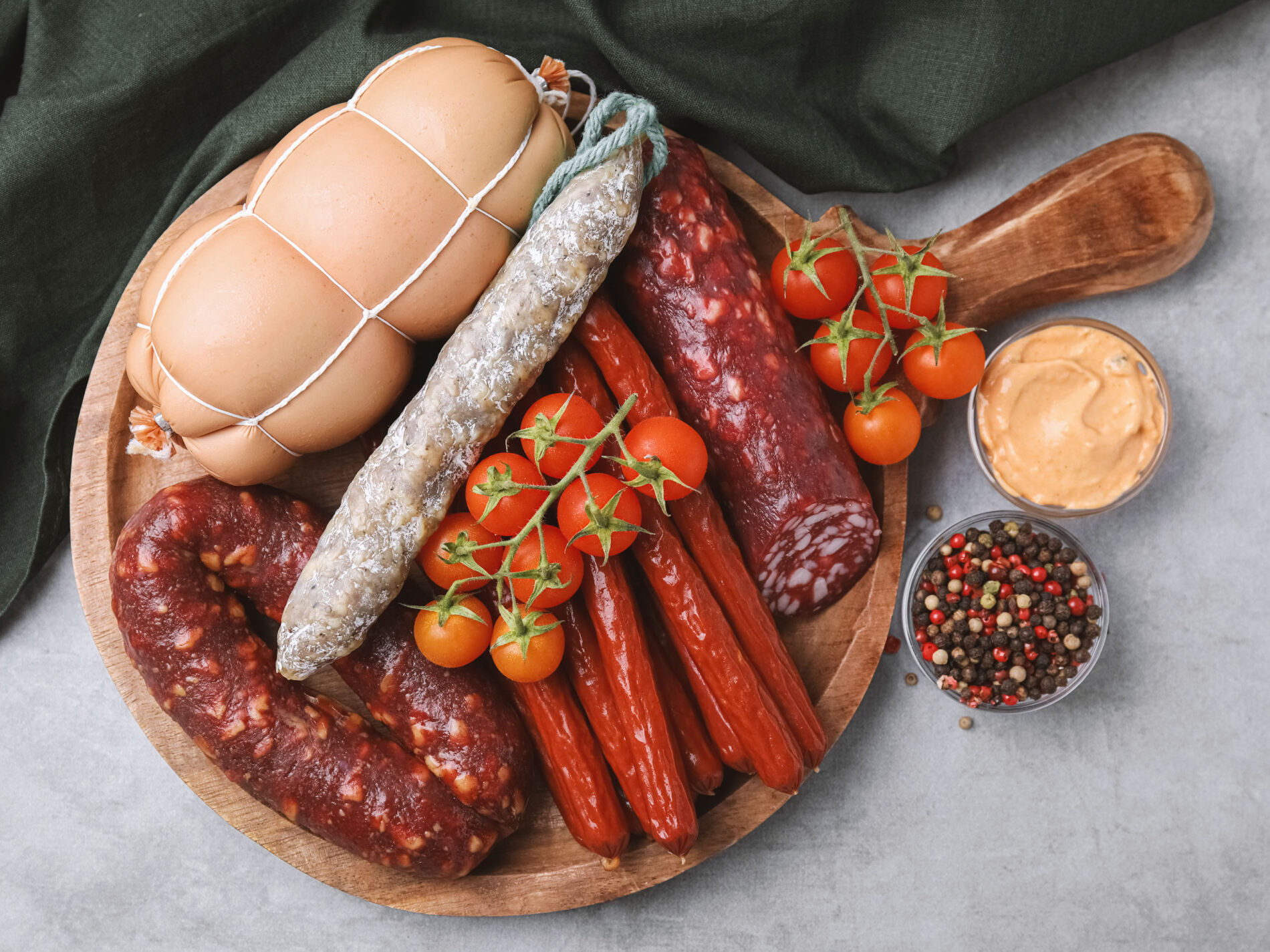If one wishes to learn more about the culture and heritage of a country, one should always try the local sausage.
Sausages were first made as far back as the 8th century BC in Greece as an attempt to utilise meat trimmings. The meat was mixed with herbs, spices and grains and then encased in animal intestines to create a nutritious product with a long shelf life.
Sausages are loved in hot and cold climates
Indeed, the word sausage originates from the Latin “salsika”, which means “salted”, where salting is the most basic method of preserving perishable goods.
In countries with hotter climates, sausages would usually be smoked, cured, fermented and salted while being generously spiced. Thus, these types could be kept for long periods of time despite the heat. In colder climates, sausages were commonly made with fresh meats and required additional cooking before eating.
As you will see, this humble staple varies from region to region, but there are some sausage types known and loved across the globe.
A trendy German sausage style
The frankfurter, hailed from Germany, is probably one of the most popular sausages in the world. This type is traditionally made with beef and pork trimmings, encased in sheep intestines and parboiled for about 8 minutes before serving.
Known from medieval times, the frankfurter travelled over the pond with German immigrants. Thanks to American pop culture, hot dogs became a regular snack at fun fairs and cinemas. Frankfurter found their place inside a soft bun under a generous serving of ketchup, mustard and onion flakes.
While “frankfurter” is a geographically protected name, many hot dog outlets sell similar-style sausages across the globe.
What has salami to do with American pop culture?
Another favourite from American pop culture is pizza Diavola, aka pepperoni pizza, which features spicy red sausage similar to Italian salami.
Pepperoni is less spicy and softer, while the casing is artificial. It is cured with nitrates which causes its bright colour.
Salami, its predecessor, though probably too coarse for pizzas, is still one of the most favourite sausages with thousands of years of history. It consists of pork or beef and pork trimmings and can sometimes include garlic, herbs, spices, vinegar, artificial flavourings and preservatives. Salami undergoes a process of fermentation before it is dried and sold. This type has a long shelf life, similar to Spanish Chorizo and Chinese Lap Cheong.
Raw sausages – a must for every traditional English breakfast
Let’s move on to the raw sausage type, which requires refrigeration and further cooking.
It would be a miss not to mention British traditional all-time favourites like Lincolnshire, Newmarket and Cumberland sausages. They consist of raw pork, beef or veal mince and have additional ingredients that make each type unique to its origin.
Bread rusk or cereal like barley and oats are used to keep the shape and consistency of these sausages.
- The Lincolnshire sausage is flavoured with sage.
- The Newmarket sausage consists of nutmeg, thyme, black pepper and parsley.
- And the Cumberland sausage is pinkish due to the cayenne pepper in its recipe.
A traditional English breakfast is unimaginable without one of those sausages, nicely browned on a skillet and served with eggs and baked beans.











What do you think?